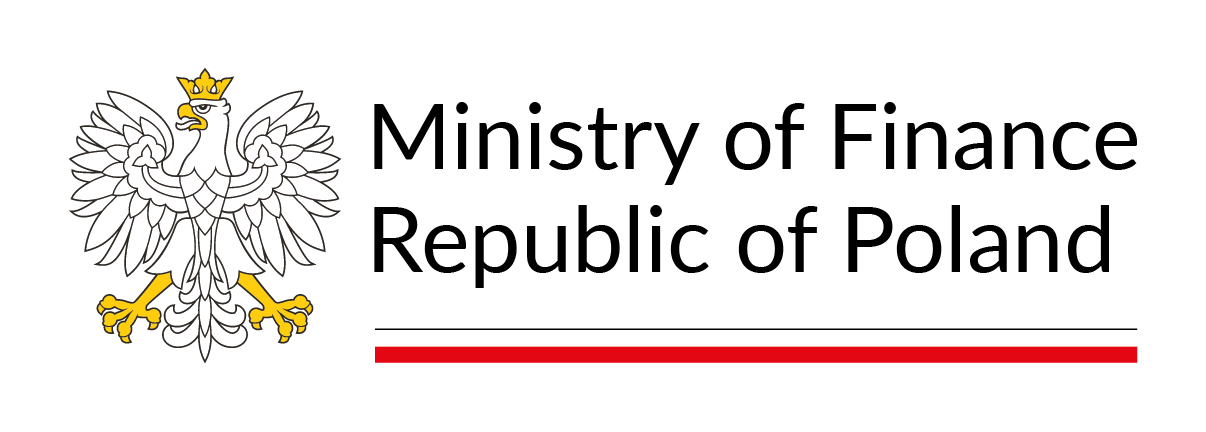No 10-2012, A. Torój: Excessive Imbalance Procedure in the EU a Welfare Evaluation
We develop a framework for assessing the welfare implications of the new EU's Excessive Imbalance Procedure (EIP) to be implemented in 2012, with a special focus on the current account (CA) constraint. For this purpose, we apply a New Keynesian 2-region, 2-sector DSGE model, using the second order Taylor approximation of the households' utility around the steady state as a standard measure of welfare. The compliance with the CA criterion is ensured by modifying the policymakers' loss function in line with Woodford's (2003) treatment of the zero lower bound of nominal interest rates. The introduction of EIP threshold on CA balance results in a welfare loss equivalent to steady-state decrease in consumption of 0.105% after the euro adoption or 0.033% before that. If we consider the 4% threshold on current plus capital account (rather than current account alone), this cost decreases to 0.019 under the euro and approximately a half of that without the euro. EIP can be seen as a factor augmenting the cost of euro adoption.
Materials
MF Working Papers No 10-2012mf_wp_10.pdf 0.55MB
- First published on:
- 20.02.2019 14:13 Paulina Gronek
- Written by:
- Macroeconomic Policy Department
| Title | Version | Edition / publication data |
|---|---|---|
| No 10-2012, A. Torój: Excessive Imbalance Procedure in the EU a Welfare Evaluation | 1.0 | 20.02.2019 14:13 Paulina Gronek |
In order to obtain the archived version, please contact the PIB Editorial Office.
